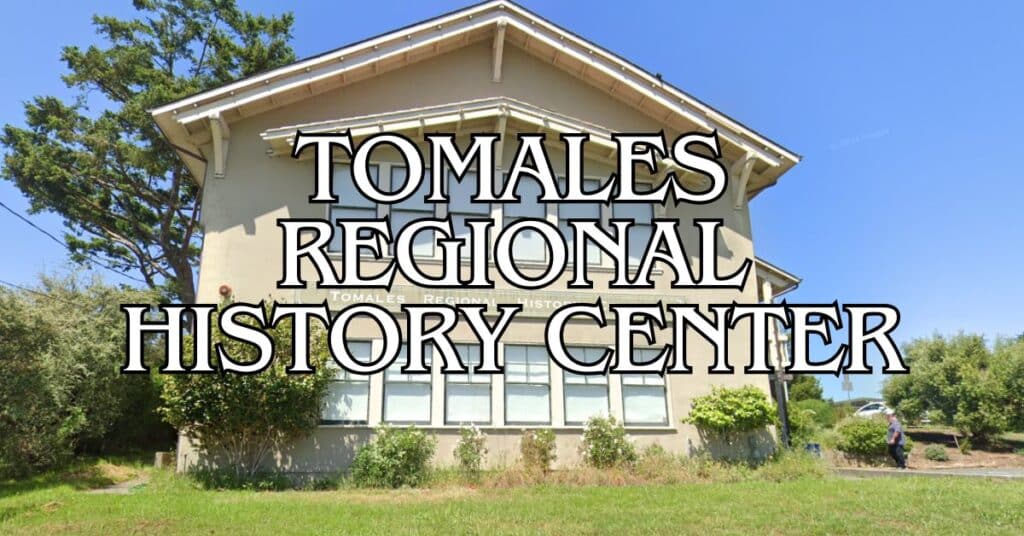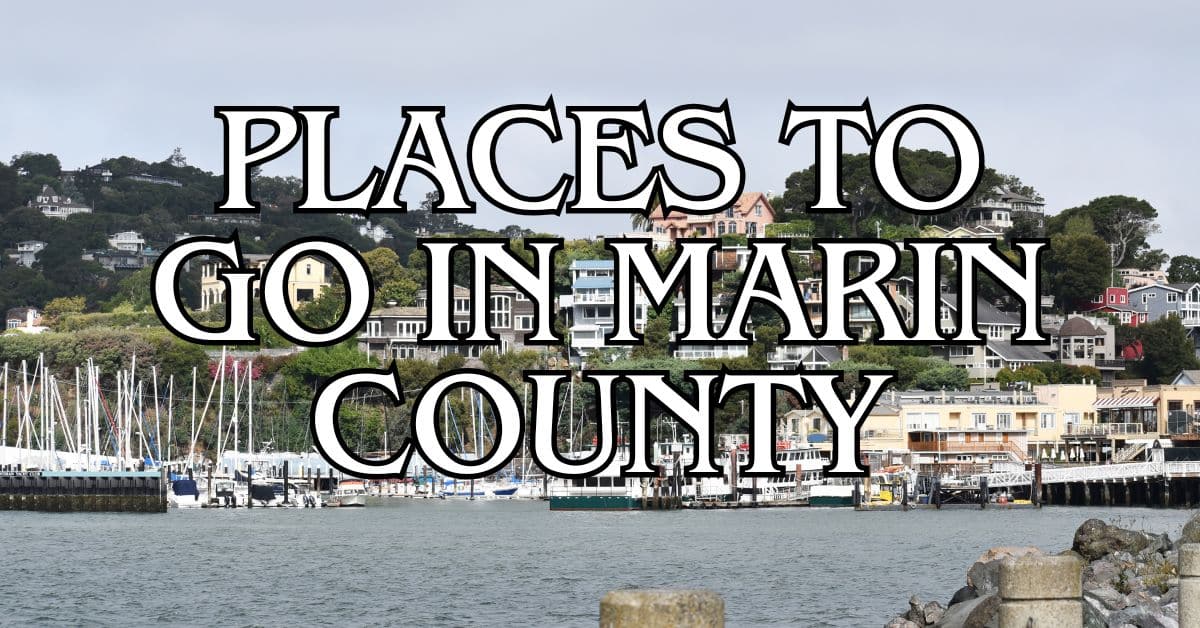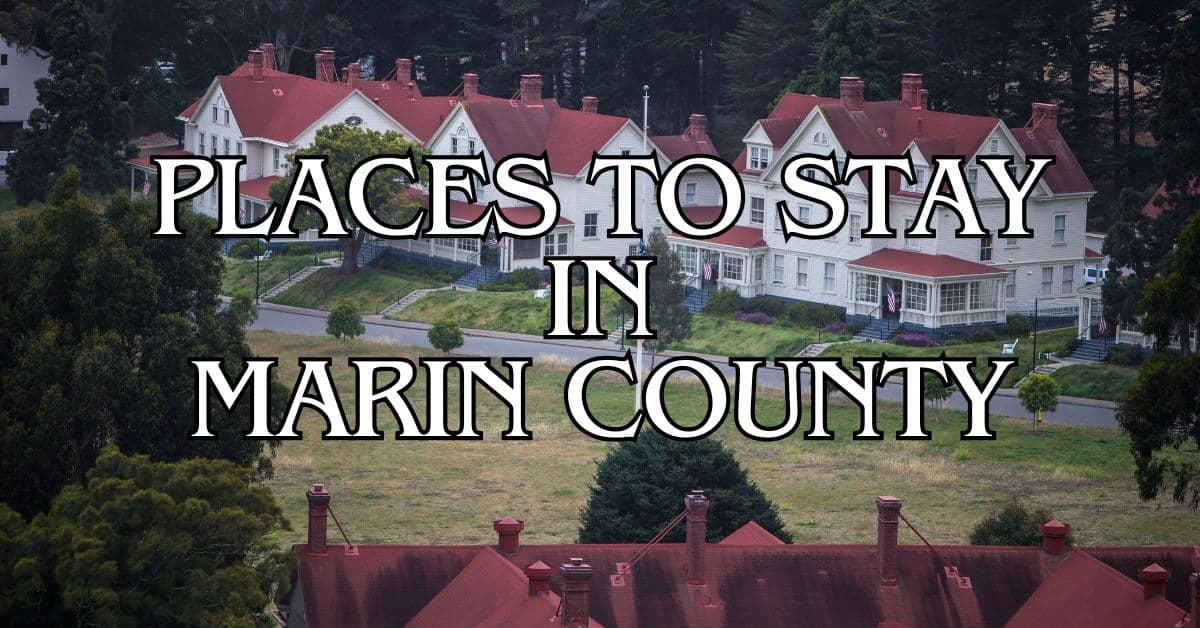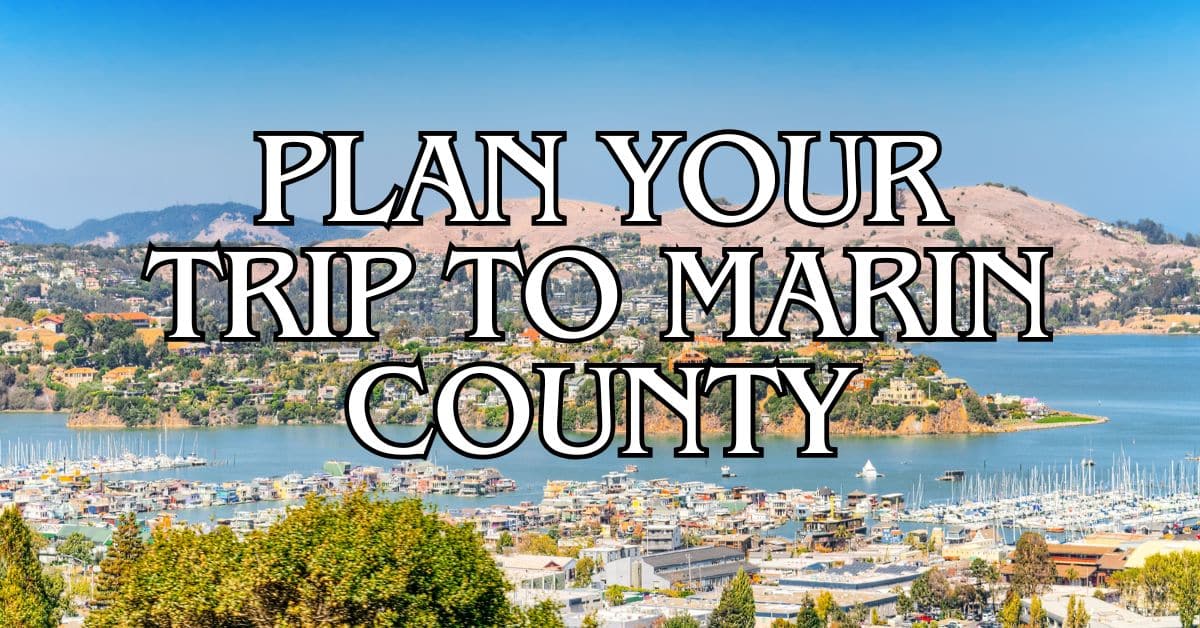Tucked away in a former high school, the Tomales Regional History Center has been preserving the Marin-Sonoma shoreline region’s heritage since 1978. Step inside and you’ll find local artifacts, stories, and a real sense of how this coastal community has changed over time. The displays about Tomales and its neighbors really bring the area’s stories to life.
But it’s not just a museum—it’s a doorway into understanding Tomales itself. Grab a self-guided walking tour (the museum has paper copies, or you can download a PDF) and stroll the four-block town, checking out historic buildings and landmarks. The center’s collection is small, but it gives you context for the whole region you’ll explore during your Marin County trip.
Discover hand-picked hotels and vacation homes tailored for every traveler. Skip booking fees and secure your dream stay today with real-time availability!
Browse Accommodations Now
Events at the Tomales Regional History Center let you connect with the community’s unique character. If you’re planning a Marin County trip in 2025, it’s worth penciling in this stop. You probably won’t need a whole day, but honestly, the perspective you’ll get on the area’s culture will add a lot to your coastal adventure.
Understanding the Tomales Regional History Center
The Tomales Regional History Center opens a window onto the cultural heritage of northwestern Marin and southwestern Sonoma Counties. Since 1978, it’s been preserving local history through exhibits and collections in its quirky former high school home.
Historical Significance of Tomales
Tomales sits along the scenic Marin-Sonoma shoreline, where history runs deep. This little town has seen everything from Native American settlements to European arrivals and a boom in agriculture. Tomales Bay’s geography shaped a community rooted in fishing, farming, and dairy.
The coastal setting and water access made Tomales an agricultural hub in the 1800s, connecting rural folks to bigger markets. Railroads came through and changed everything again.
Even now, Tomales keeps a lot of its old-time character. You’ll spot preserved buildings and landscapes that hint at the generations who built this corner of Marin County.
The Center’s Mission and Exhibits
The Tomales Regional History Center aims to keep regional history alive and spark interest in the Marin-Sonoma shoreline’s cultural heritage. The exhibits are designed so visitors can actually connect with the past, not just read about it.
Inside what looks like a big old performance hall, the center displays artifacts and stories from all sorts of eras. There are exhibits on indigenous cultures, early settlers, agriculture, and how the community grew.
It’s not stuffy—collections are arranged in a way that makes history feel familiar and accessible, not just a bunch of facts behind glass.
Interactive bits and rotating exhibits keep things fresh, so even repeat visitors usually find something new about Tomales and its surroundings.
Key Collections and Archives
The center’s collections document how Tomales evolved. Old photographs show daily life from the 1800s onward—how people lived, worked, and celebrated in this coastal community.
Artifacts range from household goods and tools to clothing and old transportation gear. These items paint a picture of changing technologies, lifestyles, and local industries.
The archives hold:
- Personal letters and diaries
- Business records from local shops and farms
- Maps showing how the land’s been used over time
- Newspapers with community news
Researchers and curious visitors can dig right into these primary sources. The center is always looking to expand its collections, relying on donations and careful preservation to save materials that might otherwise disappear.
Visiting the Tomales Regional History Center
The Tomales Regional History Center gives you a peek into the past of this historic Marin County town. It’s set in the old high school building and filled with artifacts and exhibits about Tomales and its neighbors.
Location and Directions
You’ll find the Tomales Regional History Center right in the heart of Tomales, western Marin County. It’s in a historic building that once served as the high school performance hall.
Find the perfect hotel or vacation rental. Instant booking, no fees!
View Top Stays
To get there, just head down Highway 1—the coastal route that winds through Marin. From San Francisco, go north on Highway 1 past Stinson Beach and Point Reyes Station. Coming from the north? Follow Highway 1 south through Bodega Bay.
Tomales itself is tiny—just four square blocks—so once you’re in the village, the museum’s easy to spot. There’s usually street parking, but on busy weekends, you might have to hunt a bit.
Admission and Hours
The center runs entirely on volunteers, which means its hours can be a little unpredictable. It’s generally open on weekends, but the schedule changes with the seasons.
Admission details aren’t super clear online, but most small museums in Marin either let you in for free or suggest a small donation (think $5–$10) to help keep things running.
Because it’s volunteer-powered, it’s smart to call ahead and check current hours before making the drive—especially if you’re coming from far away or visiting around the holidays.
For groups or school visits, you can sometimes arrange special hours by appointment for a deeper dive.
Visitor Amenities and Accessibility
The center offers a self-guided Walking Tour of Tomales, both at the museum and as a downloadable PDF. This tour leads you around the town’s historic buildings and sites, extending your visit beyond the museum walls.
Inside, you’ll see displays about Tomales and nearby areas, all housed in what’s basically a big old performance hall. The artifacts help tell the region’s story in a hands-on way.
Community events pop up throughout the year, giving visitors a chance to dig deeper into Tomales’ character.
If accessibility is a concern, it’s wise to call ahead. The building’s historic, so accommodations might be a bit uneven.
Discovering the Region: Attractions and Experiences
Tomales and the surrounding area offer a mix of natural beauty, good food, history, and wildlife. The region’s character comes from its wild coastline, local food producers, and deep roots.
Exploring Tomales Bay and Surroundings
Tomales Bay runs for 15 miles along the San Andreas Fault, forming a sheltered waterway that’s perfect for kayaking and paddleboarding. Several local outfitters rent gear and offer tours.
The bay’s eastern side is calm and great for beginners. The western shore faces the rugged Point Reyes National Seashore, with hiking trails and quiet beaches. Blue Waters Kayaking, for example, runs tours that spotlight the bay’s ecology and history.
Dillon Beach, just nearby, is a favorite for beachcombing and picnics. It’s usually less crowded than other spots, even in summer.
If you’re just after the views, drive along Highway 1 by Tomales Bay. There are plenty of pullouts for photos or watching wildlife.
Nearby Culinary Destinations
The area’s dairy tradition really shines with its cheese producers. Point Reyes Farmstead Cheese Co. offers farm and creamery tours (by appointment), featuring their award-winning Original Blue.
Cowgirl Creamery in nearby Point Reyes Station makes organic cheeses like the beloved Mt. Tam triple cream. Their shop is a must for cheese lovers.
Luxury stays to cozy cottages await, all with instant booking. Find the best deals!
Browse Marin Stays
Heidrun Meadery crafts sparkling meads from single-floral honeys. Their tasting room is a fun stop to sample and learn about mead.
Seafood fans will want to try Tomales Bay oyster farms like Hog Island Oyster Co. and Tomales Bay Oyster Company. You can slurp oysters right there or take some to go.
Cultural and Historical Sites
Tomales itself is full of buildings from the late 1800s. The former high school now houses the Regional History Center, with exhibits on ranching, fishing, and indigenous history.
St. Mary’s Church, built in 1860, is one of the oldest in Marin County. Its classic white exterior makes it a favorite for photos.
Just south in Olema, the Point Reyes National Seashore Visitor Center covers the area’s natural and cultural history, from the Coast Miwok people to ranching.
Pierce Point Ranch, perched on Tomales Point, shows off the region’s dairy farming past with old barns and equipment. Plus, the views are killer and you might spot tule elk.
Marine Wildlife and Conservation
Whale watching is popular here. Gray whales pass Tomales Point from December to April, while humpbacks show up May through November. Bird’s Head promontory is a good spot to watch.
Harbor seals are a common sight in Tomales Bay. You’ll see them from a kayak or from shore—just keep your distance, especially during pupping season in spring.
The Marine Mammal Center in Sausalito cares for injured seals and sea lions. Visitors can learn about conservation and sometimes see animals recovering.
Birders will love the bay’s diversity—over 160 species, including herons, pelicans, and ospreys. The Tomales Bay Ecological Reserve protects vital bird habitat.
Tomales in Northern California’s Historic Landscape
Tomales sits at the crossroads of Northern California history, mixing coastal heritage with a dash of technological innovation. The area really feels like a miniature version of California’s bigger story—from early settlements to communications breakthroughs.
Legacy of Guglielmo Marconi and Marconi Innovations
Guglielmo Marconi, the Italian radio pioneer, set up shop in the Tomales region in the early 1900s. He built a wireless telegraph station along the Marin-Sonoma coast to connect ships and shore.
The Lodge at Marconi, once housing for Marconi’s crew, now serves as a historic accommodation for visitors who want a taste of this techy past. The building’s early-20th-century design nods to its innovative roots.
Marconi’s work here helped make the region an early communications hub. His coastal stations mattered for maritime safety and long-distance messaging—pretty vital stuff for their time.
Notable Events and Communities
Tomales and its neighbors have hosted plenty of community gatherings celebrating local heritage. Annual events at the history center attract folks interested in coastal California’s traditions.
The center itself operates from a repurposed high school, preserving the building’s history while giving it new life. This kind of adaptive reuse is typical for the region—honoring the past, but keeping things practical.
Walking tours from the center guide you through Tomales’ compact downtown, showing how the community’s kept its historic vibe while still moving forward.
Influence of Cults and Synanon
The Northern California coast has a complicated history with alternative communities, including the infamous Synanon organization. Synanon started as a drug rehab program in 1958 but morphed into what many now call a cult, with several California locations.
While Synanon wasn’t based in Tomales, its presence in nearby areas definitely influenced regional development and social dynamics. The Marin County compound became notorious for tight control and conflicts with locals.
Stories like these give important context for understanding Northern California’s reputation as a haven for alternative lifestyles—and sometimes, for troubled communities. It’s a reminder of the challenges that come with building unique, sometimes isolated, communities along the coast.
Regional Connections: San Francisco and Beyond
Tomales’ historical significance reaches beyond its boundaries, especially through its ties to San Francisco, about 55 miles to the south. Back in the day, Tomales supplied agriculture to the city, and those economic links definitely left their mark on how the area grew.
The old coastal road between Tomales and San Francisco made for a lively trade route, mixing rural and urban California in unexpected ways. Even now, people from the city head up to Tomales, looking for a taste of that preserved, small-town character you just don’t get in the city.
Tomales manages to keep its own unique vibe, even while nodding to these larger connections. If you wander into the Tomales Regional History Center, you’ll see photos and artifacts that piece together how this little town fits into the bigger story of California’s growth.
Find available hotels and vacation homes instantly. No fees, best rates guaranteed!
Check Availability Now






